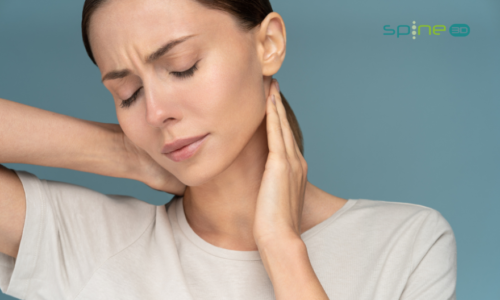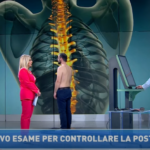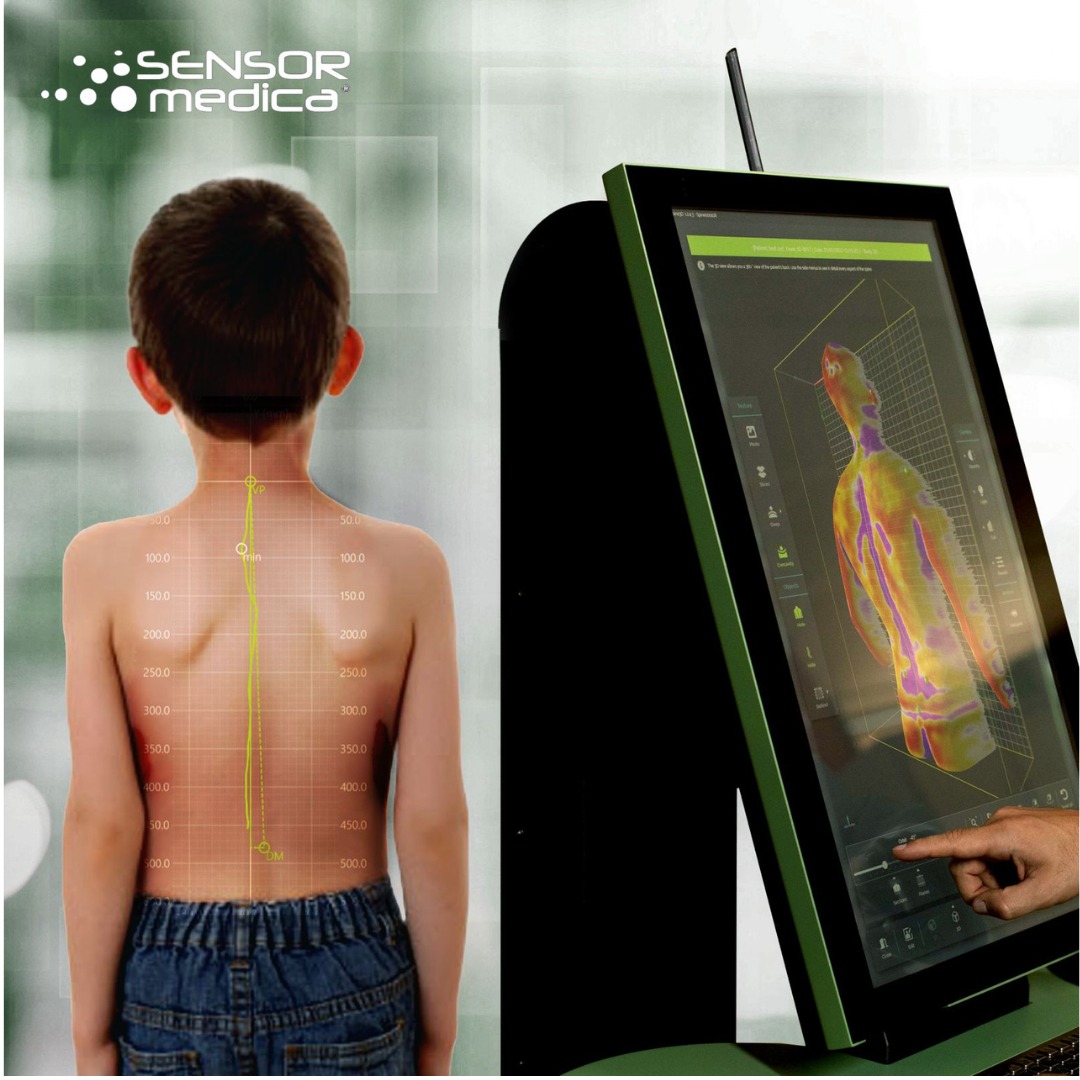
The cold and cervical pain
- admin
- January 31, 2023
- Cervical Pain
- Cold, meteorosensitive, Neck Pain
- 0 Comments
The cold weather of these weeks is certainly generating a lot of neck pain, a slight discomfort in the back of the neck, some stiffness, and all those discomforts that we normally attribute to the neck: headaches, nausea, exhaustion. The correct term is cervical pain. Let’s take a closer look at what it is.
What is cervical pain?
What we are really talking about when we talk about ‘cervical pain’. The cervical spine is a section of our spinal column, the one that runs from the base of the skull (from the first vertebra that joins the skull to the neck, called the Atlas) to the seventh cervical vertebra, which we can notice because it is often slightly protruding, more or less in line with our shoulders. A very important and… dense area of our body. Here we find muscles, ligaments, tendons, blood vessels, nerves and glands. Quite a crossroads indeed.
The muscles in this area of our body are numerous and interact with each other in a very complex way, overlapping with muscular structures (and not only) that extend to other sections of our body. We speak for example of the trapezius muscle or those muscles that have insertions on the vertebrae and actively participate in the rotation of our head, right at the height of the cervical vertebrae. Obviously, everything together with ligaments, tendons, nerves… a problem in this small but complex area of our body cannot help but generate annoying pain.
Time changes and our neck is affected. Why does it hurt?
Obviously there is no simple answer, given the complexity we have just described. What is certain is that there are indeed many people who experience climate change negatively, especially when colder temperatures arrive. In Italy, according to recent surveys, we have at least 5% of meteoropaths (people with conditions such as arthritis or limb injuries claim to experience pain, particularly related to changes in atmospheric pressure, humidity or other weather phenomena). On the other hand, as many as 40 per cent are meteorosensitive (one is more vulnerable to discomfort).

Climate change is a stress on our organism and the consequence is that already existing problems are exacerbated. It does not make it easier to live continuously in air-conditioned environments (both when cooling down and when using hot air), because our body does not have time to thermoregulate itself. The rest is done by stress and hustle and bustle, the little time we dedicate to a healthy life, to sport, to our well-being.
Cold and neck pain. What to do?
Why do neck pains increase when it is cold? It depends on the stiffening of the (non-voluntary) muscles. By contracting the trapezius and lifting the shoulders we generate a tension that reaches the deepest muscles. Basically it all depends on muscular stiffness dictated by a series of adaptations conditioned by temperature. The advice is to keep the neck warm, a scarf, turtleneck sweaters, and to avoid sudden changes in temperature whenever possible. Obviously if the problem is serious and the pain definitely unbearable other possibilities are the use of a wool collar, but a warm shower also has its beneficial effects.
The next step is always the one we insist on: a visit to a specialist who can best assess the problem and suggest an effective recovery path. A good decontracting massage (by a professional) can be a good alternative. Specialists have optimal solutions for your health. Don’t improvise, your health is at stake.






